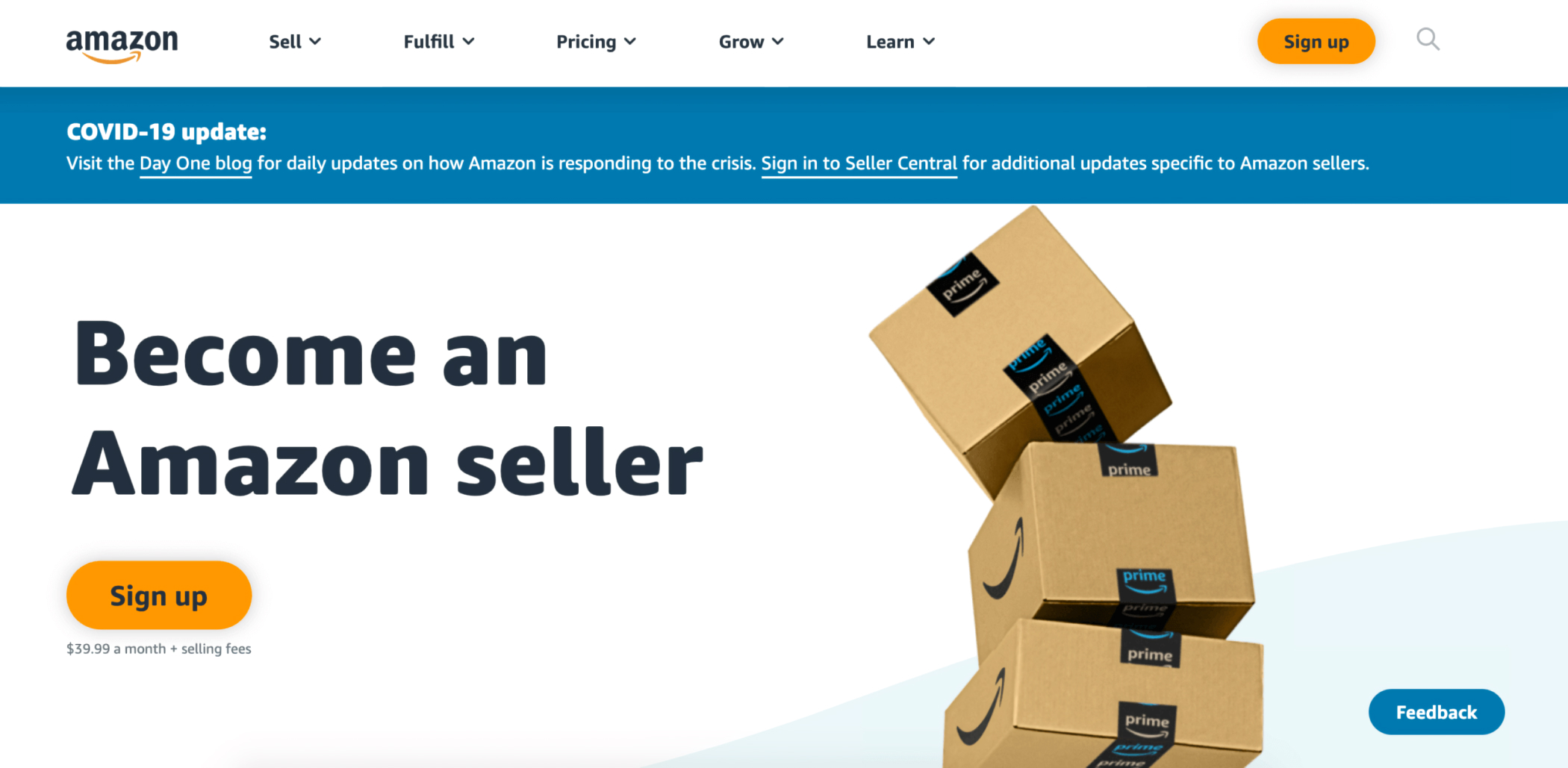What are Digital Assets and Why Sell on Amazon?
Digital assets, including ebooks, music, and software, have become increasingly popular in recent years. With the rise of online shopping, it’s no surprise that Amazon has become a go-to platform for buying and selling digital products. But what exactly are digital assets, and why should you consider selling them on Amazon?
In simple terms, digital assets are intangible products that exist only in digital form. They can be easily distributed, stored, and consumed electronically, making them a convenient option for customers. Amazon, with its massive customer base and trusted brand, offers a unique opportunity for creators and sellers to reach a vast audience and generate significant revenue.
One of the primary benefits of selling digital assets on Amazon is the platform’s massive customer base. With millions of active customers, Amazon provides a built-in audience for your products. Additionally, Amazon’s trusted brand and secure payment system help to build trust with potential customers, increasing the likelihood of sales.
Another advantage of selling digital assets on Amazon is the platform’s flexibility. Amazon allows sellers to list a wide range of digital products, from ebooks and music to software and more. This flexibility makes it easy to diversify your product offerings and reach different segments of the market.
Furthermore, Amazon’s digital asset sales platform is designed to be user-friendly, making it easy to upload and manage your products. The platform also provides a range of tools and analytics to help you track sales, revenue, and customer behavior, allowing you to make data-driven decisions to optimize your sales strategy.
So, if you’re looking to sell digital assets online, Amazon is an attractive option. With its massive customer base, trusted brand, and flexible sales platform, Amazon provides a unique opportunity for creators and sellers to reach a vast audience and generate significant revenue. In the next section, we’ll explore how to prepare your digital assets for sale on Amazon.
Preparing Your Digital Assets for Amazon Sales
Once you’ve decided to sell digital assets on Amazon, it’s essential to prepare them for sale. This involves ensuring that your digital products meet Amazon’s formatting requirements, have eye-catching cover designs, and are optimized for content. In this section, we’ll provide guidance on how to prepare your digital assets for sale on Amazon.
Formatting requirements are crucial when it comes to selling digital assets on Amazon. For ebooks, Amazon accepts files in Word (.docx), text (.txt), and HTML (.html) formats. For music and software, Amazon accepts files in MP3 and ZIP formats, respectively. Make sure to check Amazon’s formatting requirements before uploading your digital assets.
Cover design is also vital when it comes to selling digital assets on Amazon. Your cover design should be eye-catching and relevant to your product. Amazon recommends using a minimum resolution of 2500 x 1200 pixels for ebook covers. For music and software, Amazon recommends using a minimum resolution of 1000 x 1000 pixels.
Content optimization is also essential when it comes to selling digital assets on Amazon. This involves ensuring that your digital product is well-written, edited, and formatted. For ebooks, Amazon recommends using a clear and concise writing style, with headings and subheadings to make the content easy to read. For music and software, Amazon recommends providing detailed product descriptions and instructions.
Amazon also provides a range of tools and resources to help you prepare your digital assets for sale. For example, Amazon’s Kindle Direct Publishing (KDP) platform allows you to create and publish ebooks in minutes. Amazon’s Music and Software platforms also provide tools and resources to help you prepare and upload your digital products.
By following these tips and guidelines, you can ensure that your digital assets are prepared for sale on Amazon. In the next section, we’ll explore how to set up your Amazon seller account and digital asset store.
Setting Up Your Amazon Seller Account and Digital Asset Store
Now that you’ve prepared your digital assets for sale on Amazon, it’s time to set up your seller account and digital asset store. In this section, we’ll walk you through the process of setting up your Amazon seller account and creating a digital asset store.
To start, you’ll need to create an Amazon seller account. Amazon offers two types of seller accounts: Individual and Professional. The Individual account is free, but it charges a fee of $0.99 per sale. The Professional account costs $39.99 per month, but it offers more features and benefits, including access to Amazon’s Fulfillment by Amazon (FBA) program.
Once you’ve created your seller account, you can start setting up your digital asset store. Amazon’s digital asset store is called a “storefront.” Your storefront is where customers will go to view and purchase your digital assets. To set up your storefront, you’ll need to provide some basic information, including your store name, description, and keywords.
Amazon also allows you to customize your storefront with a logo, banner, and other design elements. This is a great way to brand your store and make it stand out from the competition. Additionally, you can use Amazon’s storefront templates to create a professional-looking store without needing to know how to code.
Another important aspect of setting up your digital asset store is optimizing your store settings for maximum visibility. This includes setting up your store categories, keywords, and tags. Amazon’s algorithm uses these settings to determine which products to display to customers, so it’s essential to get them right.
Finally, Amazon offers a range of tools and resources to help you manage and optimize your digital asset store. These include Amazon’s Seller Central dashboard, which provides insights into your sales, revenue, and customer behavior. You can also use Amazon’s advertising and promotional tools to drive traffic to your store and increase sales.
By following these steps, you can set up a professional-looking digital asset store on Amazon and start selling your digital assets to a massive customer base. In the next section, we’ll explore how to optimize your digital asset listings for maximum visibility and sales.
Optimizing Your Digital Asset Listings for Maximum Visibility
Once you’ve set up your Amazon seller account and digital asset store, it’s time to optimize your digital asset listings for maximum visibility and sales. In this section, we’ll provide guidance on how to optimize your digital asset listings, including keyword research, title and description writing, and image optimization.
Keyword research is a crucial step in optimizing your digital asset listings. Amazon’s algorithm uses keywords to determine which products to display to customers, so it’s essential to choose relevant and high-traffic keywords. You can use tools like Amazon’s Keyword Research Tool or Google Keyword Planner to find relevant keywords for your digital assets.
Writing a compelling title and description is also essential for optimizing your digital asset listings. Your title should be attention-grabbing and accurately reflect the content of your digital asset. Your description should provide more details about your digital asset, including its features, benefits, and any relevant technical specifications.
Image optimization is also important for optimizing your digital asset listings. Amazon recommends using high-quality images that are at least 1000 x 1000 pixels in size. You should also use relevant keywords in your image file names and alt tags to help Amazon’s algorithm understand the content of your images.
Accurate categorization and tagging are also essential for optimizing your digital asset listings. Amazon uses categories and tags to determine which products to display to customers, so it’s essential to choose relevant and accurate categories and tags for your digital assets.
Amazon also provides a range of tools and resources to help you optimize your digital asset listings, including Amazon’s Listing Quality Dashboard and Amazon’s Seller Central dashboard. These tools provide insights into your listing quality, sales, and customer behavior, and can help you identify areas for improvement.
By following these tips and guidelines, you can optimize your digital asset listings for maximum visibility and sales on Amazon. In the next section, we’ll explore how to price your digital assets competitively and effectively.
Pricing Strategies for Digital Assets on Amazon
Pricing is a crucial aspect of selling digital assets on Amazon. With so many competitors vying for attention, it’s essential to price your digital assets competitively to attract customers. In this section, we’ll discuss various pricing strategies for digital assets on Amazon, including competitive pricing, price anchoring, and discounting.
Competitive pricing involves setting your prices in line with those of your competitors. This strategy can help you stay competitive and attract price-sensitive customers. To implement competitive pricing, research your competitors’ prices and adjust your prices accordingly. Keep in mind that you don’t always need to match your competitors’ prices exactly – you can set your prices slightly higher or lower to differentiate your products.
Price anchoring involves setting a higher initial price for your digital asset and then offering discounts or promotions to create a perceived value. This strategy can help you create a sense of urgency and encourage customers to buy. To implement price anchoring, set a higher initial price for your digital asset and then offer discounts or promotions to create a perceived value.
Discounting involves offering temporary price reductions to create a sense of urgency and encourage customers to buy. This strategy can help you drive sales and increase revenue. To implement discounting, offer temporary price reductions on your digital assets to create a sense of urgency and encourage customers to buy.
Amazon also provides a range of pricing tools and analytics to help you inform your pricing decisions. Amazon’s pricing tools allow you to set prices, track sales, and analyze customer behavior. Amazon’s analytics also provide insights into your sales, revenue, and customer behavior, helping you make data-driven decisions to optimize your pricing strategy.
By using these pricing strategies and tools, you can optimize your pricing strategy and increase sales on Amazon. Remember to stay flexible and adjust your pricing strategy as needed to stay competitive and attract customers. In the next section, we’ll explore how to market and promote your digital assets on Amazon.
Marketing and Promoting Your Digital Assets on Amazon
Once you’ve optimized your digital asset listings and set your prices, it’s time to market and promote your products on Amazon. In this section, we’ll provide guidance on how to market and promote your digital assets on Amazon, including Amazon Marketing Services (AMS), Amazon Giveaways, and social media promotion.
Amazon Marketing Services (AMS) is a powerful tool for promoting your digital assets on Amazon. With AMS, you can create targeted ads that reach customers who are searching for products like yours. You can also use AMS to promote your products on Amazon’s homepage and category pages.
Amazon Giveaways is another effective way to promote your digital assets on Amazon. With Amazon Giveaways, you can create a giveaway for your product and offer it to customers who follow your Amazon storefront. This can help increase visibility and drive sales for your product.
Social media promotion is also an effective way to promote your digital assets on Amazon. You can use social media platforms like Facebook, Twitter, and Instagram to promote your products and drive traffic to your Amazon storefront.
Customer reviews and ratings are also crucial for promoting your digital assets on Amazon. Encourage your customers to leave reviews and ratings for your products, and respond promptly to any negative feedback. This can help increase visibility and drive sales for your product.
Amazon also provides a range of tools and resources to help you market and promote your digital assets, including Amazon’s Seller Central dashboard and Amazon’s Marketing Services dashboard. These tools provide insights into your sales, revenue, and customer behavior, and can help you make data-driven decisions to optimize your marketing strategy.
By using these marketing and promotion strategies, you can increase visibility and drive sales for your digital assets on Amazon. Remember to stay flexible and adjust your marketing strategy as needed to stay competitive and attract customers. In the next section, we’ll explore how to manage and fulfill digital asset orders on Amazon.
Managing and Fulfilling Digital Asset Orders on Amazon
Once you’ve started selling digital assets on Amazon, it’s essential to manage and fulfill orders efficiently. In this section, we’ll explain how to manage and fulfill digital asset orders on Amazon, including order tracking, customer service, and returns.
Order tracking is a crucial aspect of managing digital asset orders on Amazon. Amazon provides a range of tools and resources to help you track orders, including Amazon’s Seller Central dashboard and Amazon’s Fulfillment by Amazon (FBA) program.
Customer service is also essential for managing digital asset orders on Amazon. Amazon provides a range of tools and resources to help you provide excellent customer service, including Amazon’s Customer Service dashboard and Amazon’s Returns Policy.
Returns are an inevitable part of selling digital assets on Amazon. Amazon provides a range of tools and resources to help you manage returns, including Amazon’s Returns Policy and Amazon’s Refund Policy.
Amazon also provides a range of metrics and performance reports to help you monitor and analyze your digital asset sales, including Amazon’s Seller Central dashboard and Amazon’s Performance Reports.
By using these tools and resources, you can manage and fulfill digital asset orders on Amazon efficiently and effectively. Remember to stay flexible and adjust your fulfillment strategy as needed to stay competitive and attract customers.
Maintaining high levels of customer satisfaction and feedback is also crucial for managing digital asset orders on Amazon. Amazon provides a range of tools and resources to help you monitor and improve customer satisfaction, including Amazon’s Customer Feedback dashboard and Amazon’s Review Policy.
By using these tools and resources, you can maintain high levels of customer satisfaction and feedback, and increase your chances of success on Amazon.
Monitoring and Analyzing Performance with Amazon Seller Metrics
Once you’ve started selling digital assets on Amazon, it’s essential to monitor and analyze your performance to optimize your sales strategy. In this section, we’ll introduce Amazon’s seller metrics and performance reports, and explain how to use these tools to monitor and analyze sales, revenue, and customer behavior.
Amazon’s seller metrics and performance reports provide valuable insights into your sales, revenue, and customer behavior. These metrics include sales rank, revenue, and customer satisfaction ratings. By analyzing these metrics, you can identify areas for improvement and optimize your sales strategy to increase sales and revenue.
Amazon’s Seller Central dashboard provides a range of tools and resources to help you monitor and analyze your performance. These tools include sales reports, revenue reports, and customer satisfaction reports. By using these tools, you can gain valuable insights into your sales, revenue, and customer behavior, and make data-driven decisions to optimize your sales strategy.
Amazon’s performance reports also provide valuable insights into your sales, revenue, and customer behavior. These reports include sales reports, revenue reports, and customer satisfaction reports. By analyzing these reports, you can identify areas for improvement and optimize your sales strategy to increase sales and revenue.
By using Amazon’s seller metrics and performance reports, you can monitor and analyze your performance, and make data-driven decisions to optimize your sales strategy. This can help you increase sales and revenue, and achieve success on Amazon.
Additionally, Amazon’s seller metrics and performance reports can help you identify trends and patterns in your sales, revenue, and customer behavior. By analyzing these trends and patterns, you can anticipate changes in the market and adjust your sales strategy accordingly.
By using Amazon’s seller metrics and performance reports, you can gain a competitive edge in the market, and achieve success on Amazon.







